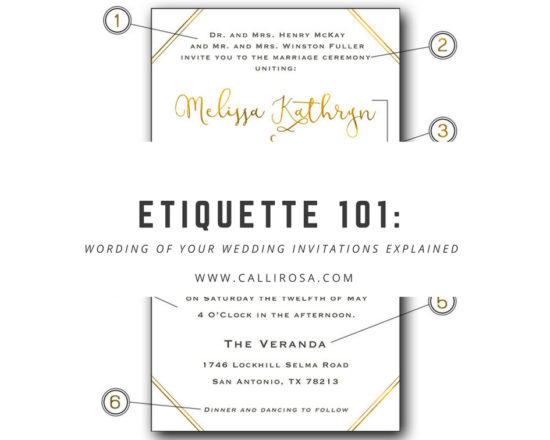 You have spent hours on Pinterest pinning your dream wedding invitations. Maybe you have put someone to work to design them for you, maybe you are doing this yourself. But fairly quickly you are running into problems – how do you put all the necessary information on that small piece of paper?! The wording of your wedding invitations is super important, because it will set the expectations for the overall feel of the wedding, and the formality of it. You want it to be concise, not overly wordy and to the point. Below I will break down wording components, what to look out for, and give examples of different options.
You have spent hours on Pinterest pinning your dream wedding invitations. Maybe you have put someone to work to design them for you, maybe you are doing this yourself. But fairly quickly you are running into problems – how do you put all the necessary information on that small piece of paper?! The wording of your wedding invitations is super important, because it will set the expectations for the overall feel of the wedding, and the formality of it. You want it to be concise, not overly wordy and to the point. Below I will break down wording components, what to look out for, and give examples of different options.
Before You Start – Know What You Want To Convey
By the time you come around to your invitations, a lot of wedding prep has most likely already been taken care of. You probably have your venue, photographer, dress, date, and have thought about decorations. To get a clearer idea of what you want to convey in your invitation, write down all the decisions you have already made: from the overall feel of the wedding, to the formality of it, traditional/non-traditional, etc. Also write down in a list all the info you might need as a quick reference guide. Think of: date, both parents’ names, venue and venue address, and middle names of you and your spouse-to-be.
The design of your invitations will also give a lot of signals about your wedding. A more traditional design will signal a more traditional wedding, whereas a whimsical design will let your guests know that this is a more informal affair. There is no right or wrong, but the design and the wording of your wedding invitations should reflect the same intention.
The Breakdown: Elements in the Wording of Your Wedding Invitations
Looking at the wording for different kinds of weddings, it is helpful to break it up the invitation in sections. Here is the breakdown, with different wording options for both traditional/formal weddings and non-traditional/informal weddings.
1. Who is the host?
You generally start your invitations with who is hosting the wedding (a.k.a. who is paying for this shindig!). This can be the bride’s parents, the groom’s parents, or both. Sometimes the wedding is a family affair, with muliple family members pitching in. In this case it is perfectly acceptable to put “together with their families” on the invitation.
Nowadays most couples will at least put some money towards the wedding, with some footing the entire bill (especially more common when the couple gets married at a later age, or when this is a second marriage). If the happy couple host their own wedding, the bride and groom’s names will be at the top of the invitation, instead of later in the invitation (see no. 3), or the host section is skipped and we go directly into the invitation part (see example for no. 2).
Examples:
[wc_row]
[wc_column size=”one-half” position=”first”]
Traditional
“Mr. and Mrs. Henry McKay
and
Mr. and Mrs. Winston Fuller”
(in case parents host)
OR
“Ms. Maria Pataki
and
Mr. Robert Schwimmer”
(in case of bride and groom hosting)
[/wc_column]
[wc_column size=”one-half” position=”last”]
Non-Traditional
“Together with their parents”
(in case parents host, and B+G contribute)
OR
“We”/skipped altogether
(in case of bride and groom hosting)
[/wc_column]
[/wc_row]
2. The Invitation/The Request
There are a lot of different ways to bring the actual invitation across – and I have listed only a few of the different possibilities below. In this section the feel of the wedding really becomes clear, and you can make it as formal or personal as you want nowadays. We also find out the relationship between the host(s) and the happy couple. If you are getting married in a place of worship, the wording of your wedding invitations is usually: “request the honor of your presence”. For non-traditional weddings, also feel free to use your creativity and find your own phrasing – especially in the case of smaller weddings.
Examples:
[wc_row]
[wc_column size=”one-half” position=”first”]
Traditional
“request the honor of your presence at the marriage of their children”
(parents host)
OR
“You are cordially invited to attend the marriage of”
(in case of bride and groom hosting, and no.1 section is skipped)
OR
“cordially invite you to attend the wedding ceremony uniting their children”
(in case of parents hosting)
[/wc_column]
[wc_column size=”one-half” position=”last”]
Non-Traditional
“invite you to celebrate our marriage and share the joy as we exchange marriage vows”
(in case parents host)
OR
“invite you to share in our joy at the celebration of our marriage”
(in case of bride and groom hosting)
OR
“would love for you to join us as we tie the knot and say “I do””
(in case of bride and groom hosting)
[/wc_column]
[/wc_row]
3. Bride and Groom’s Names
In the traditional wording, if the bride and groom’s parents are explicitly named in section 1 (see traditional example 1), you don’t need to put the happy couple’s last names in this section. Rather, you put their first and middle names in this case (see the invitation graphic at the beginning). For non-traditional weddings, you could even forego the last name altogether, if the wedding is really small and there would be no confusion about who is getting married.
4. Date and Time
In the traditional wording of your wedding invitations, both the date and time for the wedding ceremony are written out completely in letters. According to Emily Post, when it comes to the time, you don’t have to add “in the evening” or “in the morning”. The time itself normally makes it clear which is the logical time out of the two possibilities – a wedding does not start at 4 in the night, or 7 in the morning.
For more non-traditional designs and weddings, and out of a design viewpoint, the dates and times might be abbreviated. Especially if the design you are going for is super sleek and minimalistic, you might opt for numbers instead of letters.
[wc_row]
[wc_column size=”one-half” position=”first”]
Traditional
“on Saturday, the twelfth of May
4 O’Clock”
[/wc_column]
[wc_column size=”one-half” position=”last”]
Non-Traditional
“05.12.18
4 PM”
[/wc_column]
[/wc_row]
5. Ceremony Address
Here you write down the name and address of the venue where the ceremony is held. In the case of a church wedding, your reception might be at a different location. Traditionally, you don’t put that information on your wedding invitation. Name and address for the ceremony venue is mentioned on a smaller enclosure card, also called a reception card.
6. Reception line
This one is optional. If ceremony and reception are at the same location, an extra reception card is not needed. Again, a lot of different variations are possible to convey the same thing. Here are a couple of other options:
[wc_row]
[wc_column size=”one-half” position=”first”]
Traditional
“Reception to follow”
[/wc_column]
[wc_column size=”one-half” position=”last”]
Non-Traditional
“Dinner and dancing to follow”
OR
“Make sure to bring your dancing shoes, as we will party after the meal”
[/wc_column]
[/wc_row]
As you can see, there are a lot of options when it comes to the wording of your wedding invitations. You can play around with the different phrases, when you write them down they are not set in stone yet! Take a few days to think about the phrasing once you think you have found the right one, and make sure it is exactly how you want it and it reflects your wedding plans. I am sure you will knock it out of the park!
Not sure about the wording of your wedding invitations or curious what I can do for your wedding invitations? Ask me for more information here!
Charlotte Rosales is a calligrapher and wedding stationer serving San Antonio, Boerne, New Braunfels, Fredericksburg and Texas Hill Country area.
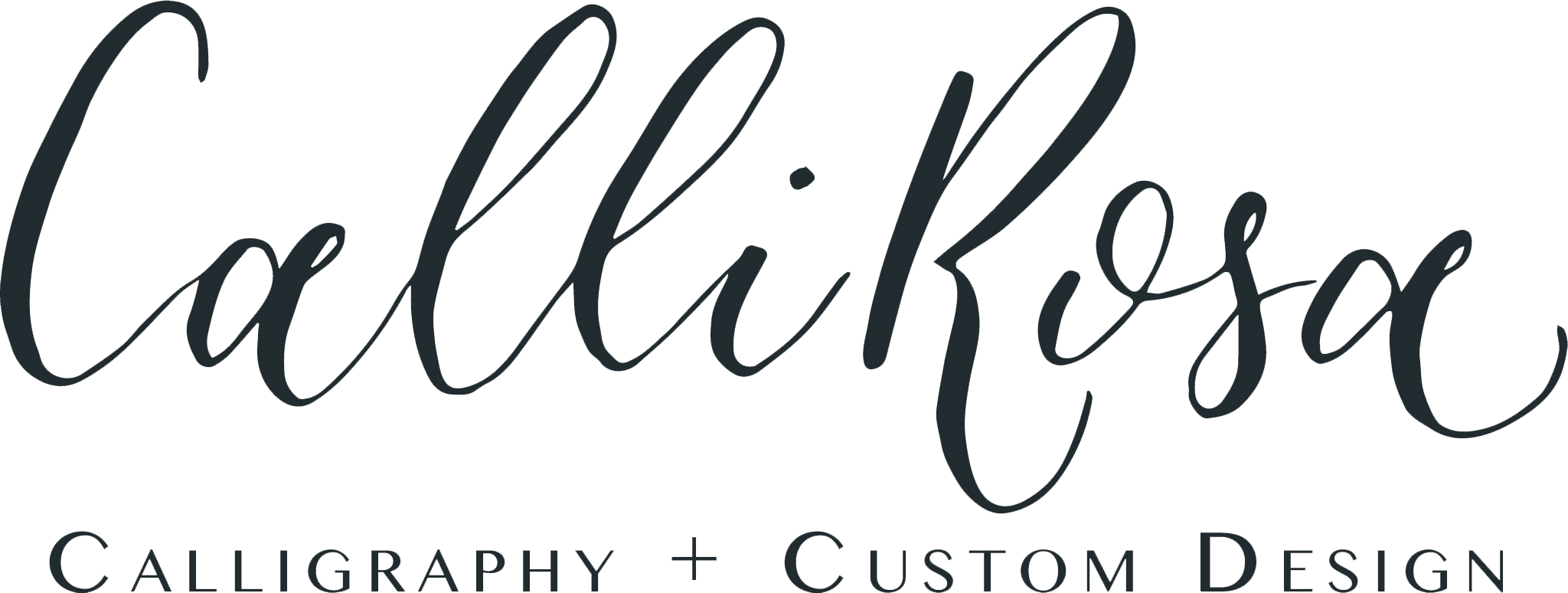
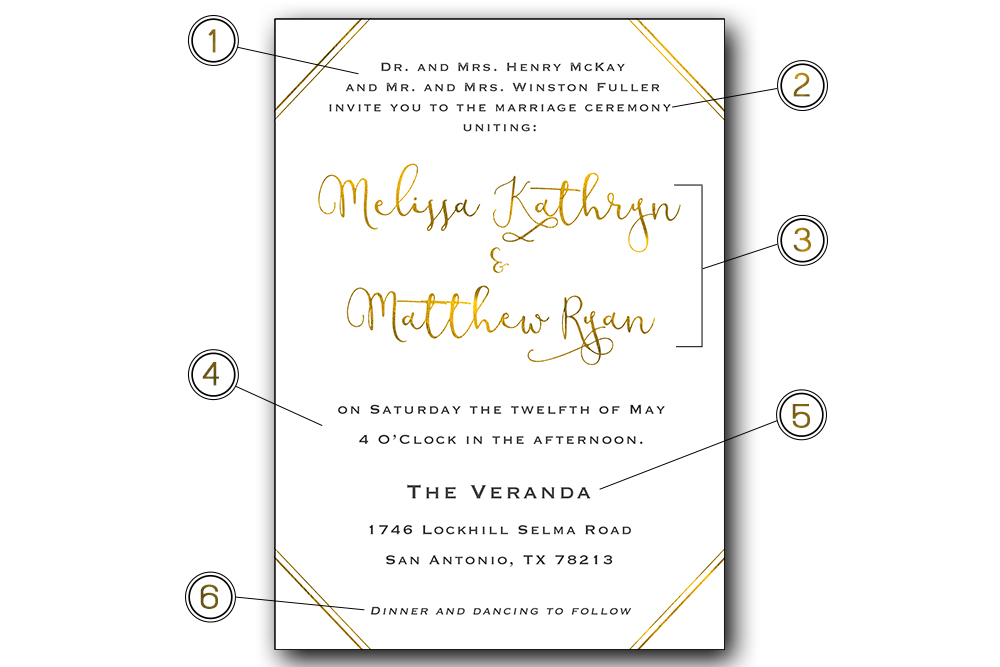
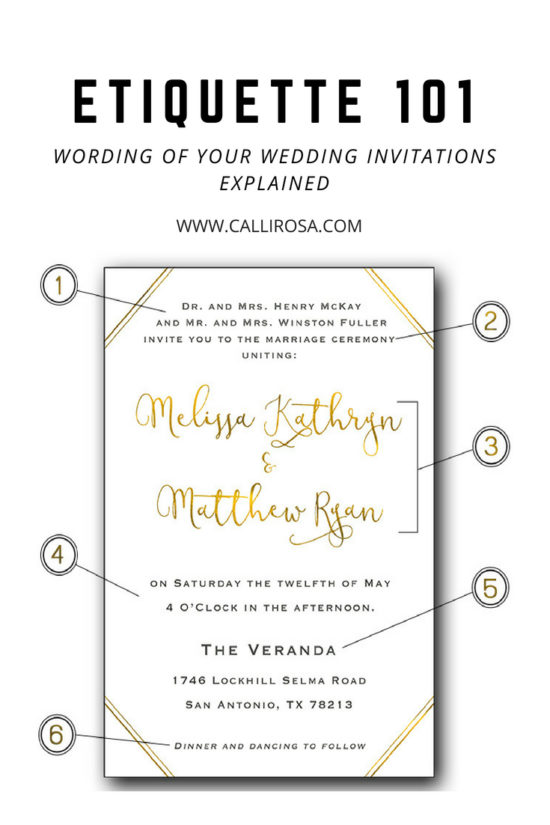
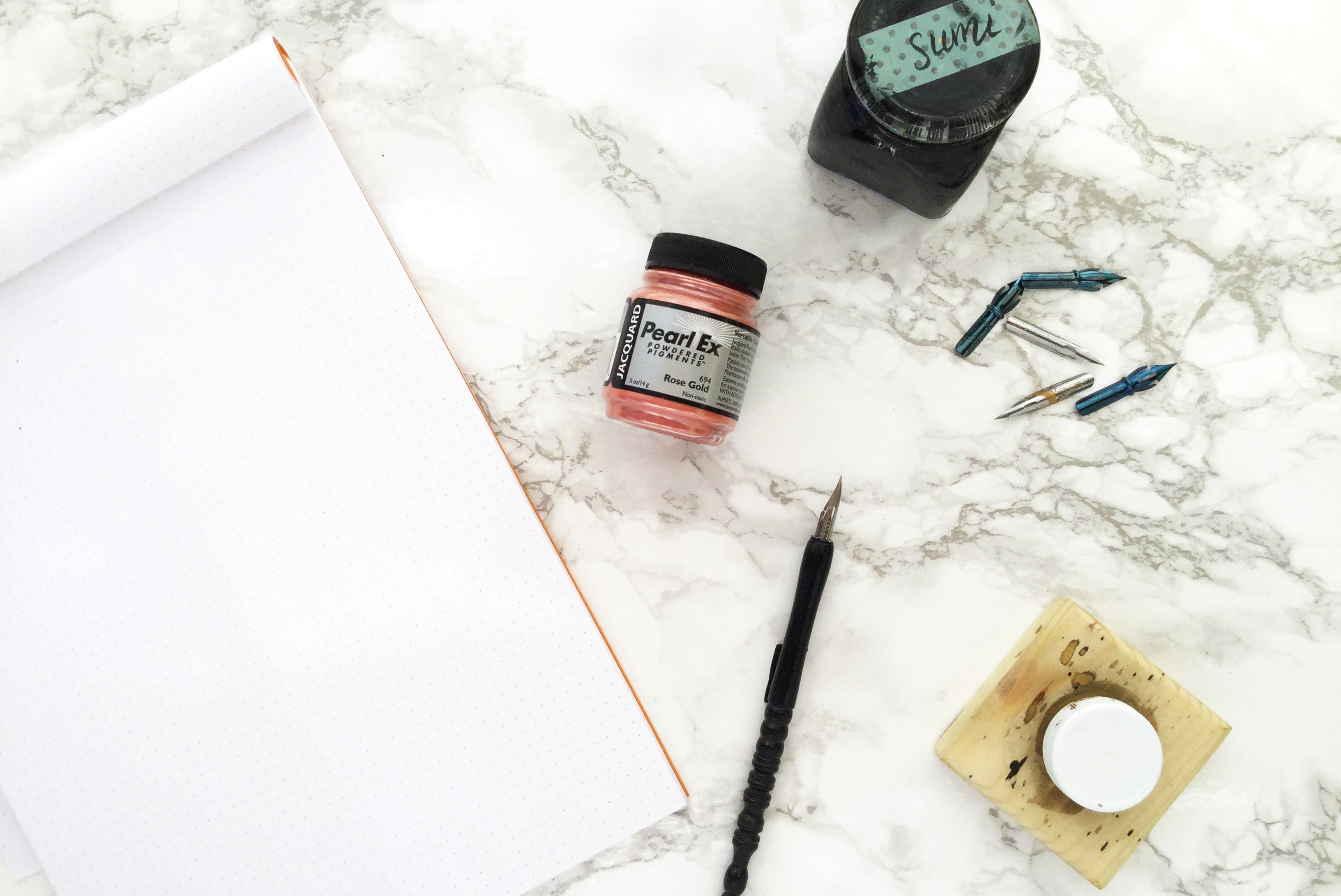
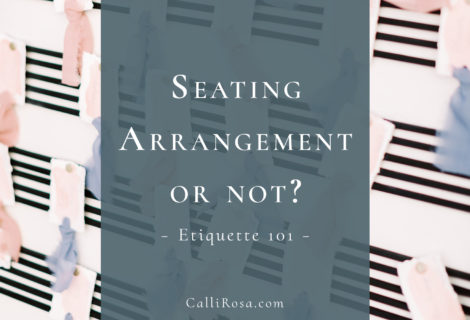
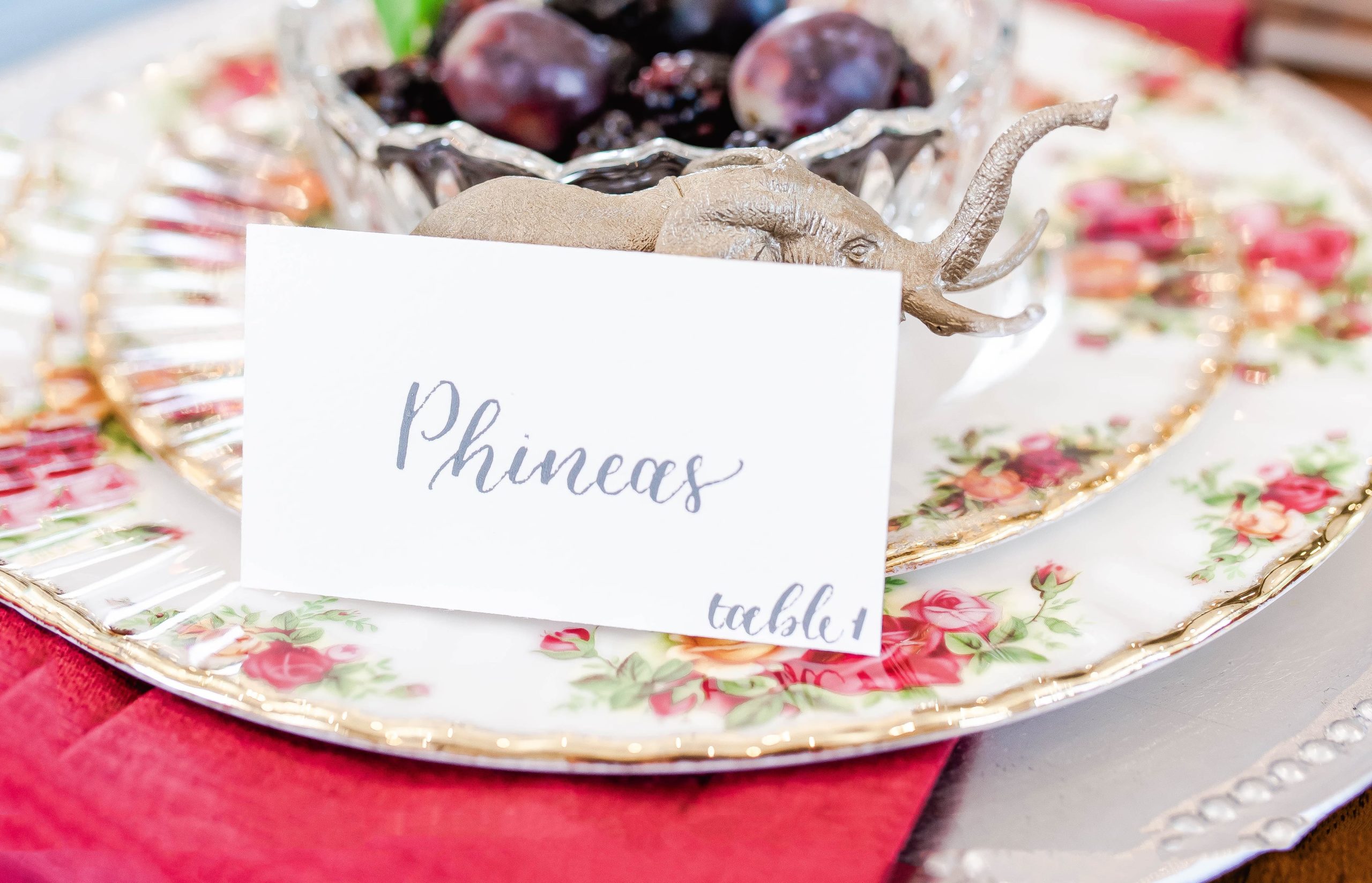
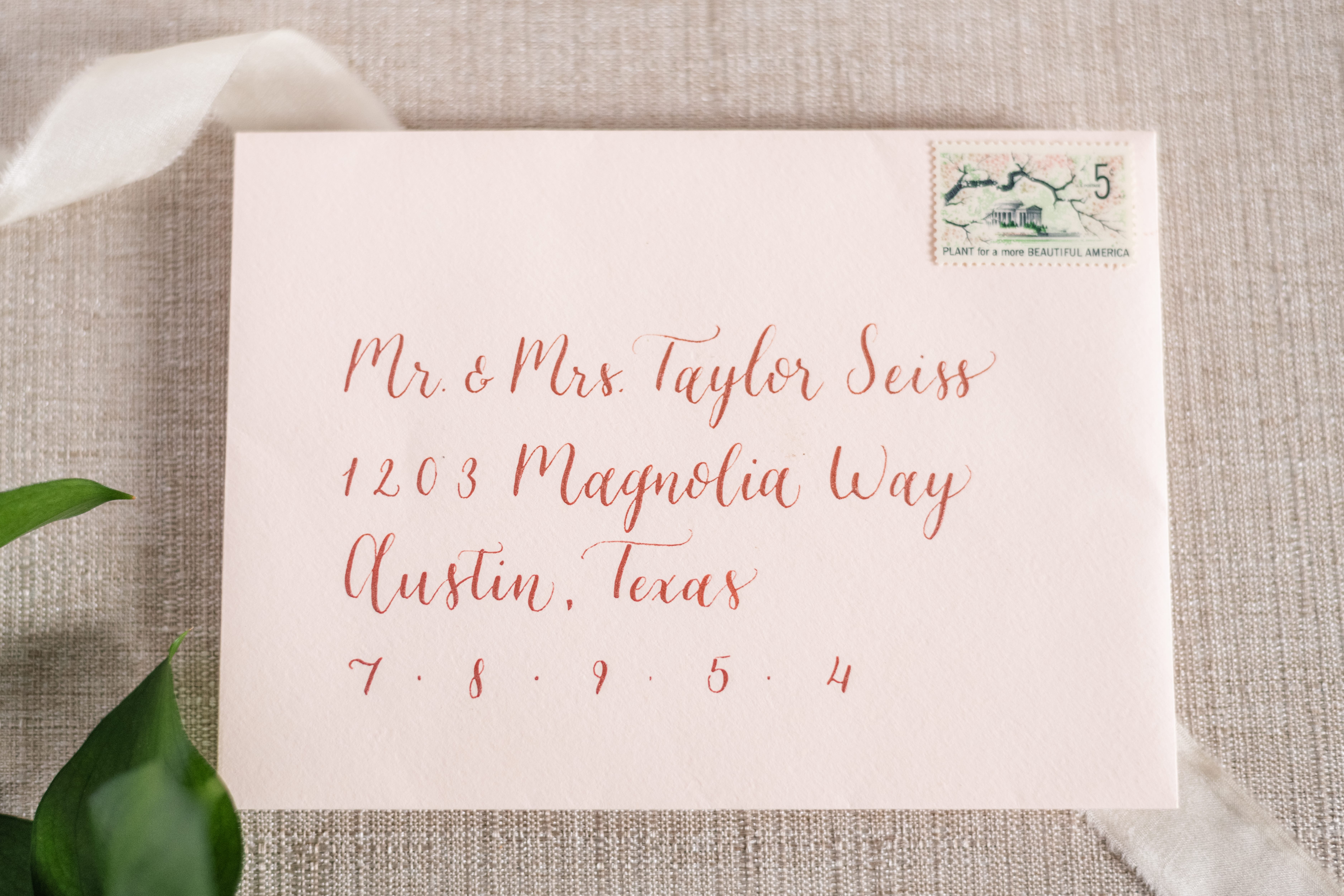

Janae Belidor
Thanks for this helpful information.